For 2017 Kali has some highly innovative technologies they’re using in their helmets including the Low-Density Layer viscoelastic padding and the multi-impact and self-healing Nano Core. The impressive new Interceptor help gets the LDL and a sandwiched layer of the Nano Core with EPS foam, while the MacDuff street/dirt helmet uses the Nano Core throughout its build. The Shiva 2.0 full faced gets all those technologies wrapped under a carbon fiber shell.
Interceptor
The new Kali Interceptor is a Trail helmet that offers enhanced protection using the innovative Low-Density Layer (LDL) and Composite Fusion technology, EPS foam and the multi-impact and self-healing Nano Core. It provides deep coverage over the neck and plenty of air flow via its 24 vents, a Boa retention dial, an adjustable visor, an accessory mounting system and a bug liner.
The Low-Density Layer (LDL) technology are strips of vinyl nitrile gel padding that look a bit like a Lego block, and they are strategically integrated into the helmet under the padding to help reduce lateral and rotational forces. The viscoelastic material hardens upon impact to offer low-G protection and also acts as a memory foam, which helps to reduce hot spots and increase comfort. The raised cylindrical cups or pucks react by compressing for linear G-forces or shifting for rotational G-forces on your head to improve the helmet’s overall impact absorption. There are 14 LDL strip pads under the helmets padding and a 15th one located at the brow with a slightly different shape.
The Nano Core acrylic-based foam is sandwiched between the EPS foam the polycarbonate outer shell (see the MacDuff helmet below for more info on Nano Core), not for its multi-impact characteristics but to add flexibility to the shell.
It comes in two sizes, five colors, weighs around 360 grams and will retail for $180.
The MacDuff
Kali’s new MacDuff is a half shell street and dirt helmet named for the professional freestyler Matt MacDuff, who had a terrible crash/fall in March while attempting the insane Loop of Doom. The helmet uses the Nano Core technology that allows it to withstand up to ten impacts before replacement is required.
The Nano Core technology uses the self-healing Casidion acrylic foam that incorporates carbon Nanotubes, all of which sound scientific and otherworldly. The technology came from the partnership between Kali and the Italian material science company, Alia Mentis. The above pictures show the Nano Core (white) after over ten impacts compared to the standard EPS foam (gray) construction used on most helmets after surviving a single test impact. The EPS has performed within its design constraints and has deformed to absorb energy upon impact and is of course no longer wearable or safe for biking, while the Nano Core can continue to be worn since it rebounded back to its original shape. The Casidion foam is attached or molded to a blended ABS and polycarbonate shell with their Composite Fusion technology, and the shell is thinner and more flexible and elastic than the conventional rigid designs.
It will come with a Black shell and will be available around January and retail for $100.
Shiva 2.0
The newly upgraded Shiva 2.0 is a full-faced carbon fiber shelled helmet that offers a slew of their protection technologies, including the Composite Fusion Squared, Nano Core, and Low-Density Layer. The Composite Fusion Squared combines a multi-density foam and dual direction geometric cone shapes for improved interior and exterior impact energy management. The Nano Core acrylic-based foam is sandwiched between the EPS foam the polycarbonate outer shell. The LDL technologies are strips and hexagons of vinyl nitrile gel padding that are strategically integrated into the helmet under the padding to help reduce lateral and rotational forces.
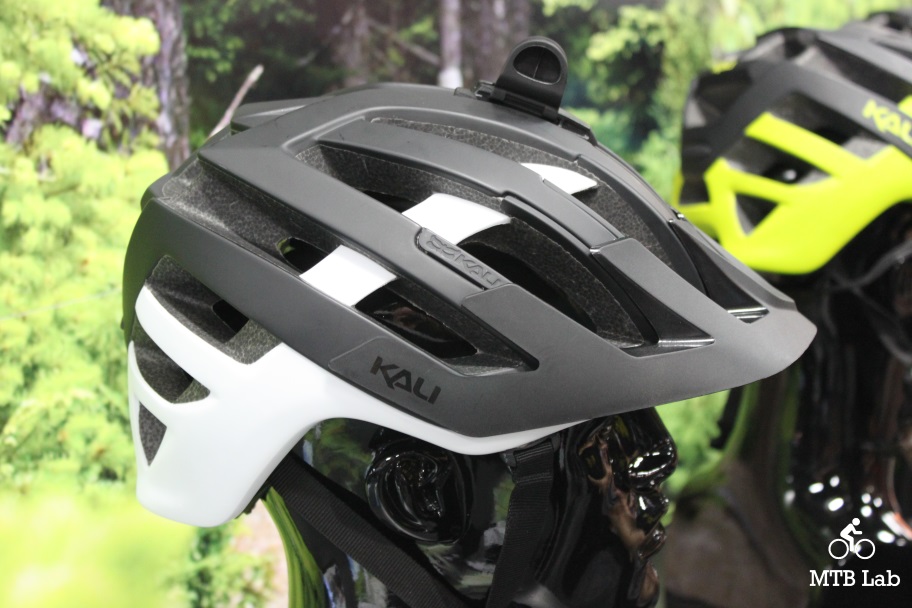
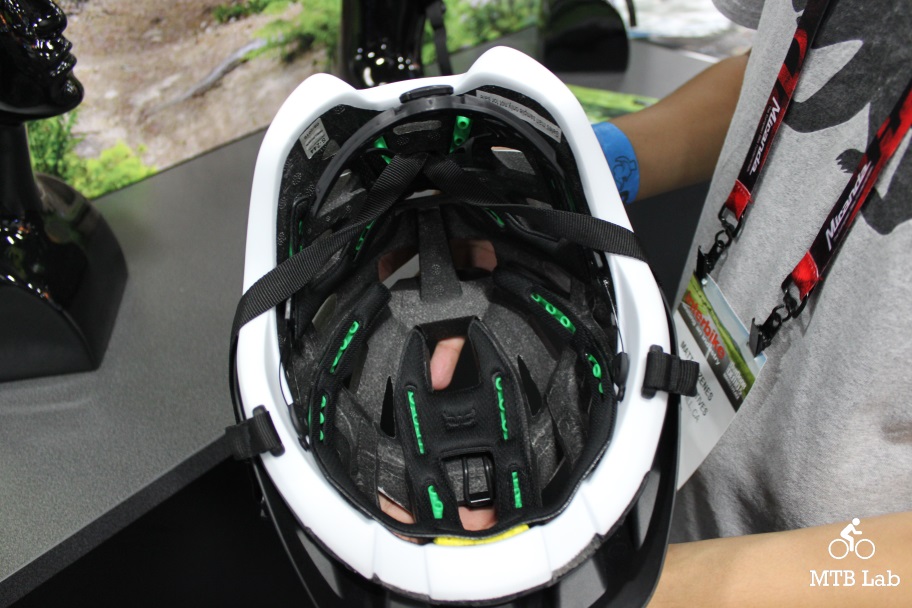
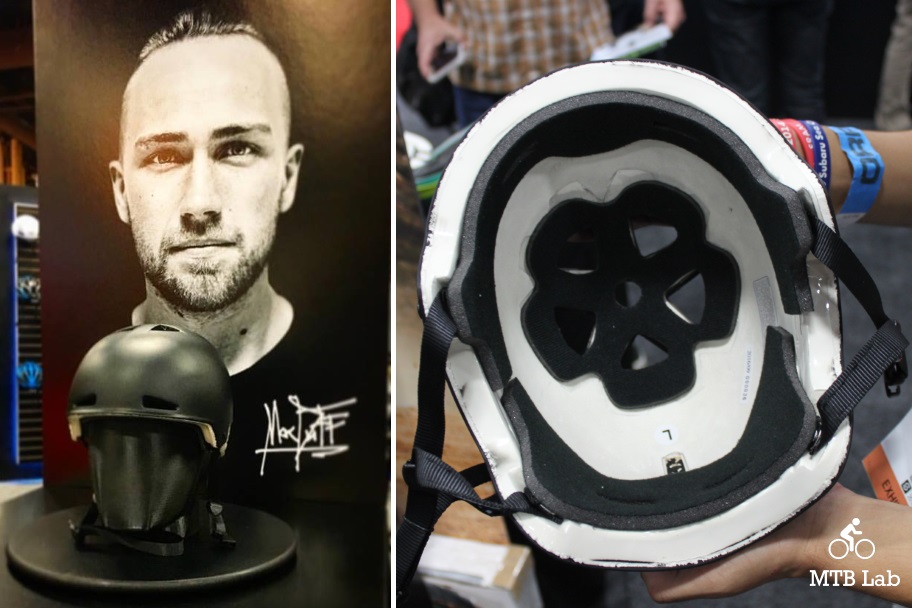
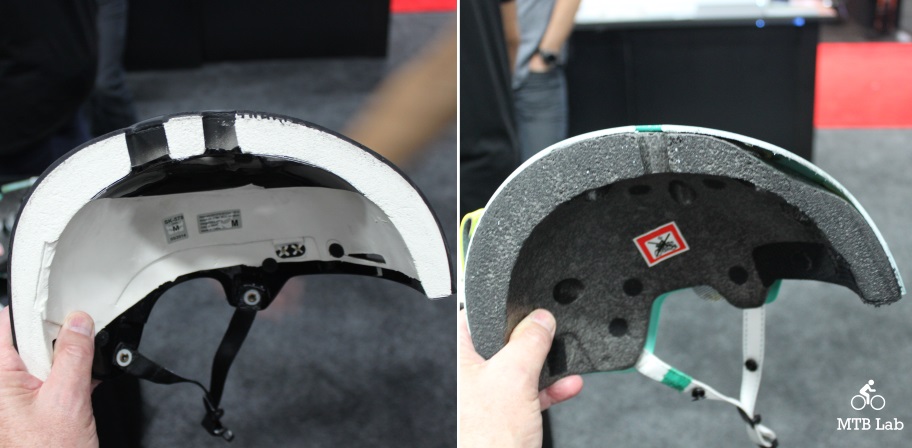
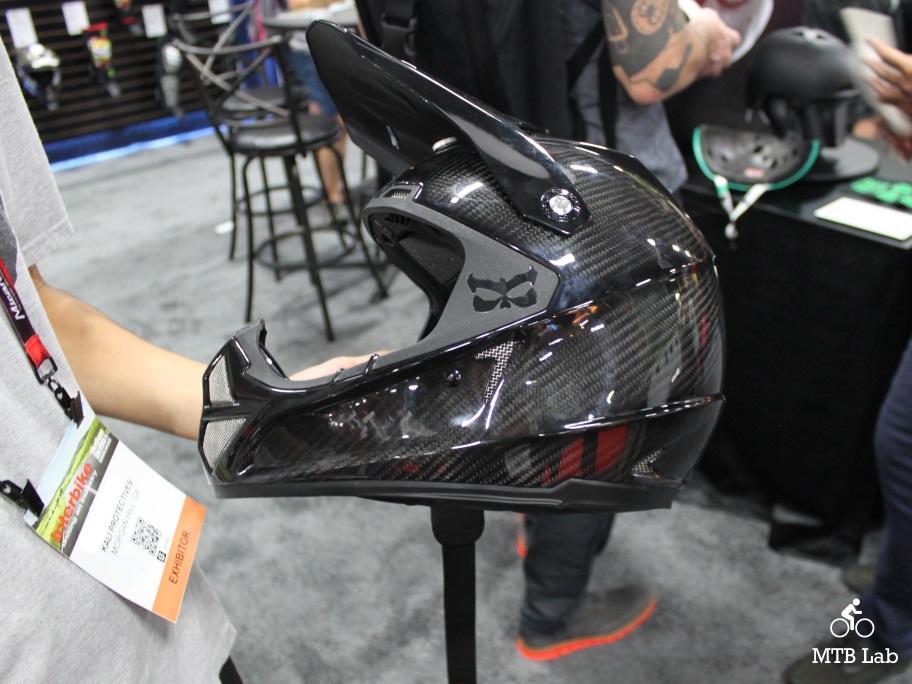





{ 0 comments… add one now }